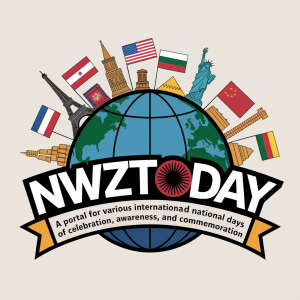Each year on November 11, people across the globe pause to honor the sacrifices of those who served in military conflicts. Known as Remembrance Day, this solemn occasion is a time to reflect on the courage, dedication, and resilience of soldiers and civilians who endured the hardships of war. As we approach November 11, 2025, let’s delve into the history, significance, and traditions of this important day.
The History of Remembrance Day
The origins of Remembrance Day date back to the end of World War I. On November 11, 1918, an armistice was signed, marking the cessation of hostilities on the Western Front. This historic moment occurred at the eleventh hour of the eleventh day of the eleventh month, a detail that has since become deeply symbolic. One year later, in 1919, King George V inaugurated the first Armistice Day to honor the fallen soldiers of the Great War. Over time, the day evolved to commemorate those who served in all wars, conflicts, and peacekeeping missions.
Why Is Remembrance Day Significant?
Remembrance Day is more than just a date on the calendar; it’s a poignant reminder of the price of freedom and the human cost of war. It serves as an opportunity to honor those who gave their lives, to support those who continue to serve, and to ensure that the lessons of history are not forgotten. The day is marked by ceremonies that emphasize reflection, unity, and gratitude.
How Is Remembrance Day Observed?
Observances of Remembrance Day vary around the world, but common traditions include wearing a red poppy—an enduring symbol of remembrance inspired by the poem “In Flanders Fields” by John McCrae. At 11:00 a.m., many observe a two-minute silence to honor those who served and sacrificed. Wreath-laying ceremonies, parades, and memorial services are held in towns and cities globally, featuring the haunting notes of “The Last Post” and recitations of “The Ode of Remembrance.” Schools often participate by teaching students about the history and significance of the day.
Fun Facts About Remembrance Day
- The red poppy became a symbol of remembrance thanks to its resilience and the vivid imagery in “In Flanders Fields.”
- In some countries, like the United States, November 11 is also celebrated as Veterans Day.
- White poppies are sometimes worn to symbolize peace and commemorate all victims of war, including civilians.
- Canada’s National War Memorial in Ottawa is a focal point for Remembrance Day ceremonies, drawing thousands annually.
What Can You Do on Remembrance Day?
As Remembrance Day approaches, take some time to participate in local events, visit a war memorial, or simply pause for a moment of silence at 11 a.m. You can also donate to organizations supporting veterans and their families or educate yourself and others about the sacrifices made throughout history. Whether you choose to attend a ceremony or reflect quietly, your actions contribute to keeping the spirit of remembrance alive.
Let’s ensure that the stories of bravery and sacrifice are passed on to future generations. This November 11, 2025, wear your poppy with pride and take a moment to remember.









